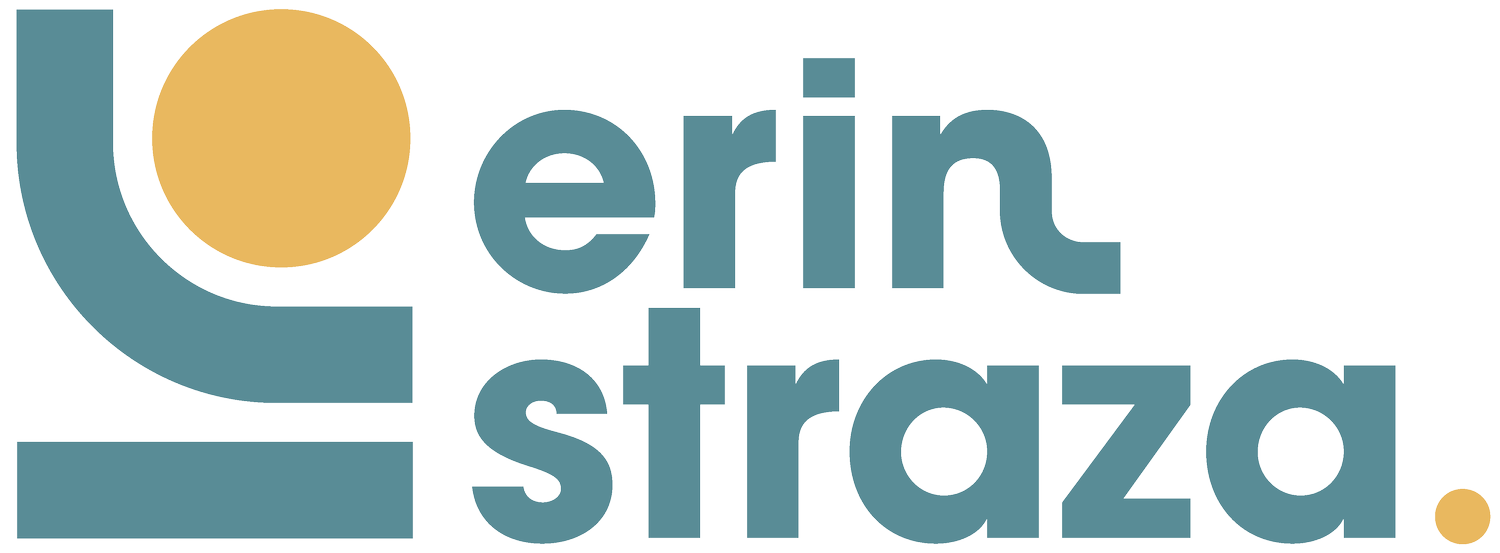guest post // 5 Tips to Effectively Refresh Your Website’s Branding
By Cliff Persaud, Kanopi Studios
Your nonprofit’s website is a critical aspect of your overall communications strategy, so it’s important for it to remain relevant, engaging, and inspiring. Whether your organization is undergoing a significant change or just considering a face lift, you can refresh your website’s branding to signal this renewal to your supporters.
This can seem overwhelming, but you don’t need to build a whole new website or scrap everything you have to refresh your branding. Read on to learn about how you can kickstart your rebrand by working with your existing resources.
1. Start with understanding where you are.
So, your organization has decided that it needs a change. The first step is to evaluate your current branding and isolate the aspects that no longer serve your purposes. This process will allow you to identify and maintain the parts of your brand that are important to your mission or your supporters and determine those that no longer reflect your work or don’t resonate with your community.
Begin by reviewing your visual identity, which includes your logo, photographs, and color palette. Ask yourself if these elements truly reflect the impression you want to convey.
Additionally, send a survey or conduct user testing with a group of your most loyal supporters. Ask about your organization's strengths and personality, and find out if your audience believes your current branding aligns with those attributes.
A few guiding questions for this process might include:
Does your logo and color scheme inspire the emotion you need them to?
Are your images evocative of your cause or mission?
Does your use of color across your website draw the eye to important content or conversion opportunities (like your donation page)?
Your brand is more than just your imagery—it also includes the content of essential pages like your testimonials and donation page, as well as your tone. Is your nonprofit’s voice professional or lighthearted? Do you use humor, or is yours a more serious organization? Are your publications more fact-based and academic, or are they personal narratives driven by individual stories?
As part of your ongoing website maintenance, you should review its performance. Use the metrics from your website to determine which pages are most viewed or convince the most people to donate. This information will help you confirm how supporters see your organization.
Once you have a clear grasp of your current branding and you’ve determined which parts you want to keep and which need to go, you can start to consider alternatives.
2. Clarify your connection to your supporters.
Your nonprofit’s branding does not exist in a vacuum—its purpose is to represent your mission to your supporters. When refreshing your website’s branding, put yourself in your supporters’ shoes and understand how you want them to respond to your website and organization.
How can you represent your nonprofit’s work and the connection between your organization and its community of supporters through your online branding? The color and symbolism of your logo, the angles and spacing of your design, and the tone and vocabulary of your content all imbue your communications with meaning and emotion.
As you plan your refresh, these facets of your online identity are all things that you can change in order to better connect with your supporters and your beneficiaries. Borrow a tool from the corporate world and analyze your supporters’ opinions on your branding—you could send out a survey, bring together a focus group, or offer options via A/B testing to see what resonates most deeply with them. This information will help you pinpoint how your supporters see your organization, as well as understand the emotions that your current branding evokes.
3. Revamp your visual identity.
With information about your current branding and your supporters’ preferences in hand, it’s time to update your visual identity. These changes will go beyond just your logo: your branding should include a coherent color scheme that also informs the images you use, the colors of your header and footer menus, and the accent colors of your website copy, links, and buttons.
Kanopi’s list of best nonprofit websites includes a ton of examples to get you started, including tips on nonprofit storytelling, website accessibility, and calls to action. These websites have strong identities that are reflected on every page, from the homepage to the donation page. A coherent identity also builds trust as you usher your users from informational sections to pages about taking action—they’ll feel more secure if they recognize your branding on your donation or volunteer sign-up pages.
Your communications should be clear and consistent, so don’t forget to update the branding on your social media and email newsletter platforms to reflect your refreshed website style. Your supporters should be able to identify your organization’s colors and logo no matter where they’re engaging with your content.
4. Renovate your website content.
When you refresh your website’s branding, remember that it’s not only about what it looks like: the substance and style of your content also matter! Your organization’s voice and content strategy will depend on the answers to many different questions.
Some guiding questions for refreshing your website voice include:
Do you want to come across as serious and professional, fun and engaging, or somewhere in between? This question will shape how you describe your mission, draft your homepage, and rewrite any blog content.
Are your beneficiaries children, young adults, the elderly, or all ages? The ages of your supporters and beneficiaries will shape what resources are most valuable to them, as well as what language they respond best to.
How do new supporters find your website? If you rely on a search engine optimization strategy, what keywords are the most important for your mission, and are you ranking well for them? If most of your supporters come from social media, how are you continuing to engage them once they land on your site?
Reviewing and updating your website’s content is also a general maintenance best practice. It helps keep your resources, articles, or research evergreen and strengthens the value of your online presence.
5. Implement a growth-driven website strategy.
If the idea of undergoing a huge website refresh every few years feels overwhelming, there are other ways to keep your website engaging, inspiring, and up to date. Instead of the traditional model, which goes from conceptualization to launch without looking back, you can implement a growth-driven website strategy.
A growth-driven website strategy is a circular and iterative process based on the idea of continuous website improvement. Your nonprofit strategizes about a potential change to your website, implements this change, and then learns from the feedback and experiences of your website users—over and over. This human-centered approach allows you to keep your website in a state that serves your needs without having to rebuild from scratch.
Ongoing website improvement will empower your nonprofit to strengthen its brand, supporter engagement efforts, and overall digital presence continually over time.
Your nonprofit’s website is a critical part of your supporter engagement strategy, and refreshing your branding is a great way to rejuvenate your connection with your community. If you implement these strategies and learn from your website’s performance over time, you’ll be able to build the best brand possible for your organization and strengthen your supporter base even more.
This guest post was written by Cliff Persaud.
Cliff Persaud, Director of Strategy and Creative, focuses his time managing and leading Kanopi's cross-functional creative team and projects, both internally and for our clients. Whether he is leading the charge on behalf of the creative team or partnering with other facets of the company, he delights in working with organizations to elevate their online presence, making complex challenges beautiful, functional, and optimized.
With nearly 20 years of experience as a designer, instructor, and creative leader, Cliff is active in the crafting of user-first full lifecycle experiences from initial discovery, through strategy, UX, creative and technical development to create sites that excite our clients and fulfill their objectives.
Aside from his incredible background of experience in web design, he is a stunningly talented photographer, who enjoys baking and world travel.
Ready for more? Here are two ways Erin can help you make your mission irresistible to donors:
1. Connect with me or follow me on LinkedIn.
It’s where I talk about donor strategy ideas like these. Join the convo!
2. Work with me.
Over 12 months, I guide NP teams to fund their mission with effective, frenzy-free donor engagement strategies. ✴️ Donors fund irresistible missions… is yours? Let’s get started! Schedule your 15-minute Change Chat here and share about your nonprofit and how you’d like to improve your donor strategy.


